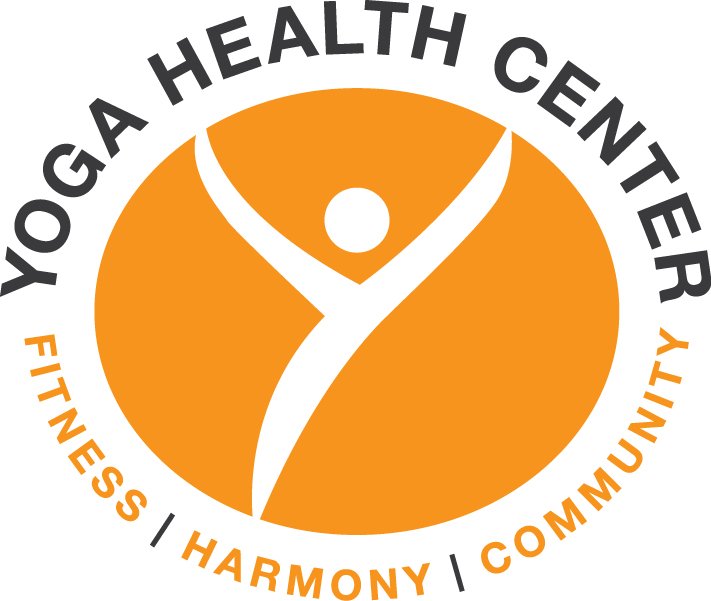Exploring the Healing Powers of Therapeutic Yoga for Chronic Pain Management
Introduction to Therapeutic Yoga
Therapeutic yoga is a focused approach that combines traditional yoga practices with the understanding of modern medicine and psychology. It's designed to help individuals manage their chronic pain and improve their overall well-being. Unlike general yoga, which can be for fitness or relaxation, therapeutic yoga targets specific health issues. It uses postures, breathing techniques, meditation, and guided imagery to address the person's physical, mental, and emotional needs. This tailored yoga practice can be a game-changer for people suffering from chronic pain, offering a way to reduce pain, enhance mental health, and improve life quality without always relying on medication. Whether it's back pain, arthritis, or headaches, therapeutic yoga provides tools to help manage these conditions better.
Understanding Chronic Pain and Its Impact
Chronic pain is a beast. It's not just a simple ache or a pain that goes away after a dose of aspirin. We're talking about pain that sticks around for at least 12 weeks, sometimes even longer. It could be because of an injury that didn't heal right, or a condition like arthritis. Imagine your body constantly thinking it's under attack and creating pain signals as a response. That's chronic pain for you. It messes with your day-to-day life, making even simple things like getting out of bed or going for a walk feel like climbing mountains. And it's not just physical. It can take a toll on your mental health too, leading to frustrations, mood dips, and even depression. The impact is real, folks. It's like being stuck in a loop—your body hurts, so you move less, and the less you move, the more your body hurts. Breaking out of this cycle is where therapeutic yoga comes into play, offering a glimmer of hope.
How Therapeutic Yoga Addresses Chronic Pain
Therapeutic yoga takes a gentle approach to ease chronic pain. It's not about pushing hard or achieving the perfect pose. Instead, this practice focuses on breathing deeply, stretching slowly, and strengthening gently. By doing this, therapeutic yoga targets your body's pain points, boosting circulation and reducing tension. Breathing exercises are a key part. They help calm your mind, which can actually make your body less tense and reduce the feeling of pain. Stretches and poses are designed to improve your flexibility and core strength, making your body more resilient to daily stresses and strains. Importantly, this yoga style also encourages mindfulness. Being mindful means paying attention to how your body feels in the moment, without judgment. This can help you notice when you’re holding stress and tension, which are often pain's best friends. So, therapeutic yoga tackles chronic pain not just by working on the body, but also by soothing the mind. It's a holistic approach designed to work with your body's natural healing capabilities.
Types of Therapeutic Yoga Practices for Pain Management
For folks struggling with chronic pain, therapeutic yoga might be the game-changer you've been looking for. It's not just about twisting your body into a pretzel. It's about gentle movements, deep breathing, and mindfulness to help ease your pain. Let's dive into some types of therapeutic yoga practices that could be your new best friends in managing pain. Hatha yoga is all about slow and gentle movements. Perfect for beginners or anyone looking to ease pain without too much strain. Iyengar yoga uses props like blocks and straps to help you hold poses longer. This focus on alignment can be great for relieving specific pain areas. Then there's Restorative yoga, the ultimate in relaxation and stress relief. It uses props to support the body in passive poses, giving your muscles and joints a chance to relax deeply. Vinyasa yoga might be a bit more active, but it's all about smooth transitions and can help build strength and reduce pain over time. Each of these practices has something unique to offer, and it might take trying a couple to find what works best for you. Remember, it's not about doing the most advanced poses but finding movement that brings you relief and peace.
The Science Behind Therapeutic Yoga and Pain Relief
Therapeutic yoga isn't just about bending and stretching. It's a smart blend of physical movement, mindful breathing, and meditation practices that communicate directly with your nervous system. Here's the kicker: when your nervous system calms down, the volume of pain you perceive can actually go down too. Studies spotlight that regular therapeutic yoga practice can lessen inflammation, a key player in chronic pain. It can also increase blood flow to tense areas, encouraging muscles to relax and mend. Plus, yoga boosts levels of serotonin and endorphins, chemicals in your brain that naturally dial down pain and lift your mood. Imagine your body as a complex network of highways. Therapeutic yoga helps clear up traffic jams, allowing for smoother travel and less wear and tear on your roads, meaning less pain for you. So, when you're easing into a yoga pose, you're not just stretching; you're engaging in a deep, biological conversation with your body, telling it to turn the pain dial down.
Essential Therapeutic Yoga Poses for Chronic Pain
Therapeutic yoga offers a gentle yet effective way to manage chronic pain. By focusing on specific poses, you can enhance your body's strength, flexibility, and balance, all while soothing pain. Let's dive into some essential therapeutic yoga poses perfect for this purpose. Child’s Pose stretches your back, which can relieve pain and tension in the spine and neck. Cat-Cow Pose is a fluid movement that improves spine flexibility and can ease back pain. Moving between arching your back like a cat and dipping it down like a cow stimulates the spine and abdominal organs. Pigeon Pose opens up the hip joint, potentially reducing hip and lower back pain. Remember, while these poses are beneficial, listening to your body is key. If a pose hurts, ease up or try a different one. Over time, these poses can make a big difference in managing chronic pain through therapeutic yoga.
Incorporating Mindfulness and Meditation
Mindfulness and meditation are not just buzzwords. They are real tools that yoga brings into your fight against chronic pain. Incorporating these practices means focusing on the present moment and being aware of your body and breath. This attention can actually change how your brain perceives pain. It's like training your mind to relax and not amplify the pain signals. Simple, right? In your yoga sessions, when you concentrate on breathing deeply and staying present, you help your body to ease tension. This doesn't just reduce pain; it also lowers stress levels, which are often linked to increased pain perception. So, adding mindfulness and meditation to your routine is kind of a double win against chronic pain. Keep it simple, stay focused on the now, and watch the transformation in your pain management journey.
Building a Therapeutic Yoga Routine for Pain Management
Starting a therapeutic yoga routine for managing chronic pain isn't hard. You just need to know a few basics to keep things simple and effective. First, focus on gentle movements. Yoga poses like Cat-Cow, Child’s Pose, and Seated Forward Bend are your allies. These poses stretch and strengthen your body, helping reduce tension and pain. Next, breath work plays a huge role. Learning to breathe deeply through the discomfort can actually change how you feel pain. Incorporate a few minutes of mindful breathing at the start and end of your yoga session. Consistency is key. Even on days when you feel okay, stick to your routine. Over time, you’ll likely notice a decrease in your pain levels. Remember, it's not about pushing yourself. If a pose hurts, stop. The goal is to ease pain, not add to it. Start slow, listen to your body, and gradually, you’ll build a yoga routine that supports your pain management journey.
Real-Life Success Stories: Therapeutic Yoga and Chronic Pain
People from all walks of life have found relief from chronic pain through therapeutic yoga, not just as hearsay but through genuine, impactful experiences. Like Sarah, a once avid runner sidelined by a crippling knee injury. Regular painkillers became her norm until therapeutic yoga introduced a natural pain management alternative. Sarah's story is a testament; after six months, her pain levels dropped significantly, and she resumed running, but this time, with yoga as her constant companion.
Then there’s Mike, who struggled with chronic back pain from years of desk-bound job. Skeptical at first, Mike found that yoga not just alleviated his pain but also improved his posture and overall well-being. Within weeks, he was more active, happier, and let’s not forget—pain-free.
These stories highlight not the magic of yoga, but its effectiveness in strengthening the body, enhancing flexibility, and fostering mental resilience against chronic pain. The beauty lies in its simplicity and accessibility, making therapeutic yoga a beacon of hope for those seeking respite from the relentless grip of chronic pain.
Tips for Getting Started with Therapeutic Yoga Safely
Starting therapeutic yoga might seem daunting, but it's an excellent step towards managing chronic pain. First off, always consult with your healthcare provider before diving into any new physical activity, especially if you have underlying health issues. They’ll give you the green light if yoga suits your condition. Once you have their approval, look for a qualified therapeutic yoga instructor. Not all yoga is the same; a specialized instructor knows how to guide you through poses that alleviate rather than aggravate your pain. Focus on finding classes labeled "therapeutic" or "for beginners" to ensure a gentle start. Listen to your body. If a pose feels uncomfortable, stop. Yoga is about healing, not pushing your limits to the point of pain. Start slowly, with short sessions, and gradually increase your practice as your body adapts. Regular, gentle practice is key to reaping yoga's benefits for chronic pain management. Remember, it's not about perfection but progress.


